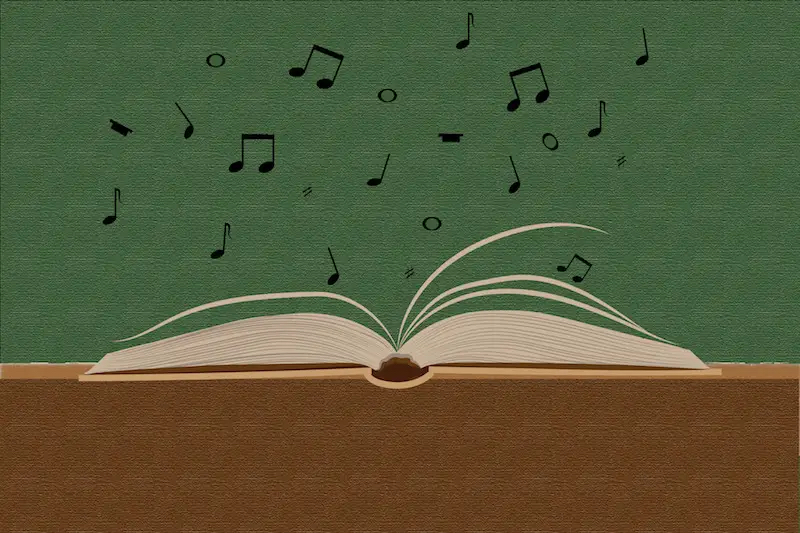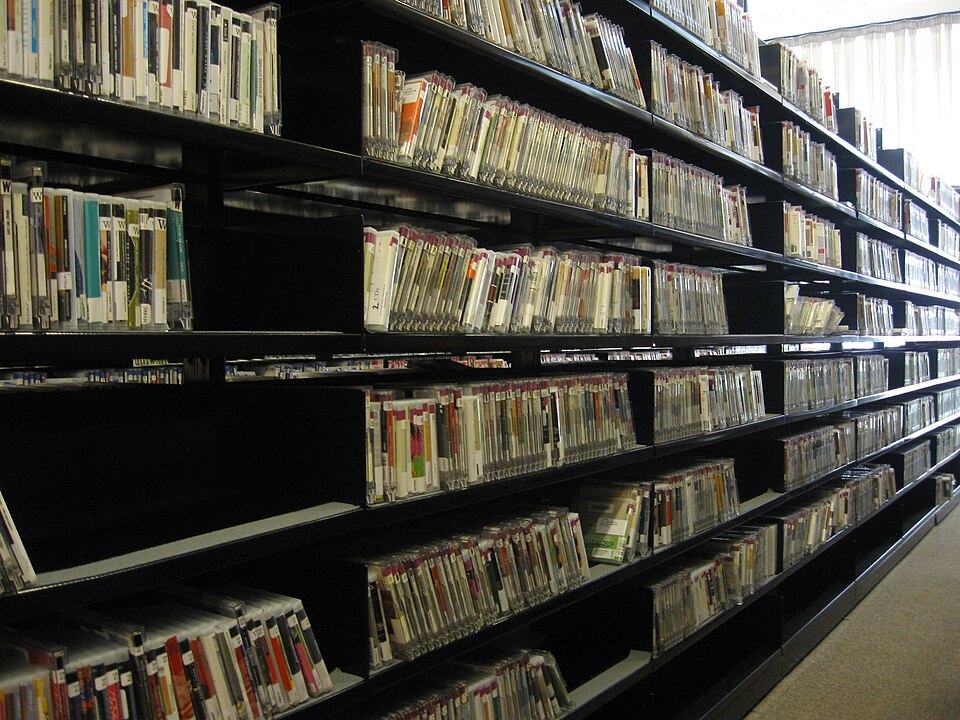Music has long served as a mode of storytelling across time, cultural, language, and composition. Music tells stories, and people tell stories about music. Before I ever worked in a library, I worked at a small vinyl record shop during college. I discovered a lot of music from browsing the bins on slow days, but even more so from customers who would come in. They would find a certain record, or hear the one I was playing, and launch into a story about how that album was made, where they were when it came out, how they secured a physical copy, and of course, memories of seeing a musician or band perform live. Music I have come to love that predate my birth takes on new meaning in the context of these stories from customers who experienced the cultural moments that shaped these records. Learning how much an album meant to them made it mean that much more to me, even if somewhat vicariously.

It is common, or at least was for many years, for libraries to have CD and other media collections for borrowing or in-library usage. I recently walked through the New York Public Library for the Performing Arts branch located at Lincoln Center, which is known for its film & tape archive, but I was impressed by the size of the circulating CD collection shelved, where a quick browse led me to find several beloved albums. There sat so much physical media, full of discs, song lyric booklets, diverse album art and track listings. I returned to thinking about something I think about often as a librarian and as a music lover, which is the shift from ownership to access.

Libraries are now less likely to own digital resources, but rather have licenses to access them. Patrons for the most part do not care about the model from which it comes, as long as they can get the information, media, or other content that they need as efficiently as possible. While vinyl sales continue to rise in popularity, a vast majority of people with connected devices access music through streaming services such as Spotify, Apple Music, YouTube Music, and Pandora, as opposed to owning an album on tape, CD, vinyl, or purchased mp3s. For younger listeners, streaming has been the main listening format in their lifetimes. But much like our music tastes, how we listen to and share music does not have to be a linear evolution.
I was born in the 1990s, and along with many of my peers, I have a deep interest in music from this time or earlier. I have learned a lot about artists, influences, trends, and history that surround musical moments in time thanks to stories from older individuals who were a part of these scenes and often documented them in some way. Much like the conversations I had while working in a record shop, there are ways we can continue to bridge generational gaps of interest and knowledge on subjects like music that bring community members together in dialogue.
Reading this week about the Listening Lab at St. Petersburg College Library demonstrates how incorporating a physical music media collection of vinyl records allows students to experience music listening in an exciting new-old way (Mairn & Terrana, 2018). Giving users the opportunity to (gently) use a record player shows the care and patience required for the listening process. This experimentation, exploration, and play, are all ways of learning in the hyperlinked library. Music as storytelling presents a number of channels through which libraries can embrace a time-transcending media form powerful enough to captivate audiences of all ages.
References
Mairn, C., & Terrana, J. (2022). A library’s Listening Lab. https://287.hyperlib.sjsu.edu/wp-content/uploads/2022/06/MairnListeningLab.pdf

Jane,
The art of music has changed so much in recent years. With AI created music now it is a wonder where it is all going. I have noticed one thing about the AI music though, it has a counterfeit part to it. It is not the same as a live musician crafting the music sound and composing the music and words. The AI music may sound nice and well put together, but it has a small fakeness to it if studied and listened to closely.
Vinyl records were precious in their continuity and sound. Tapes would lose their use after a while when they got warped, but the vinyl sound was constant and true.
As a librarian, I would struggle letting people use the vinyl records and record player, due to concerns for correct care. Things that are precious to me and I know cost money, I struggle letting others use. The respect for others’ things is not high in the world today. I guess the step of FAITH would need to be applied.
Music Libraries are not for everyone, but they are a precious jewel when found.
Hi Jane,
I’m currently taking INFO220 on Music Librarianship and this shift you’ve identified from ownership to access is something that we have been exploring extensively in that class. I personally think that the biggest change in terms of the experiential shift that you describe in your post was to streaming apps versus having a locally stored music library of files on your computer/MP3 player, something that you also touched on. Physical collecting has an in-person element that facilitates social connections, but I also really loved digital collecting through curated blogs like https://sophiesfloorboard.blogspot.com/ which are like the online version of that – tapping into the shared history and wisdom of older music scenes. That blog is still active, but in general the online copyright landscape and reliance on instant streaming has taken the focus away from these more curated, personal music resources, which only still exist due to the diligent work of the people maintaining them.
@janem@janem I so enjoyed this exploration of your thoughts on music and stories. Out of college in the late 80s, I worked at a music store for three years while I found my place. I guess you describe something that I’ve encountered as well. Getting to talk to someone about their favorite music or music that has deep meaning for them or invokes memories, etc. Some songs can transport me right back to a certain place and a certain time. (Tiny Fleetwood Mac reference there!)